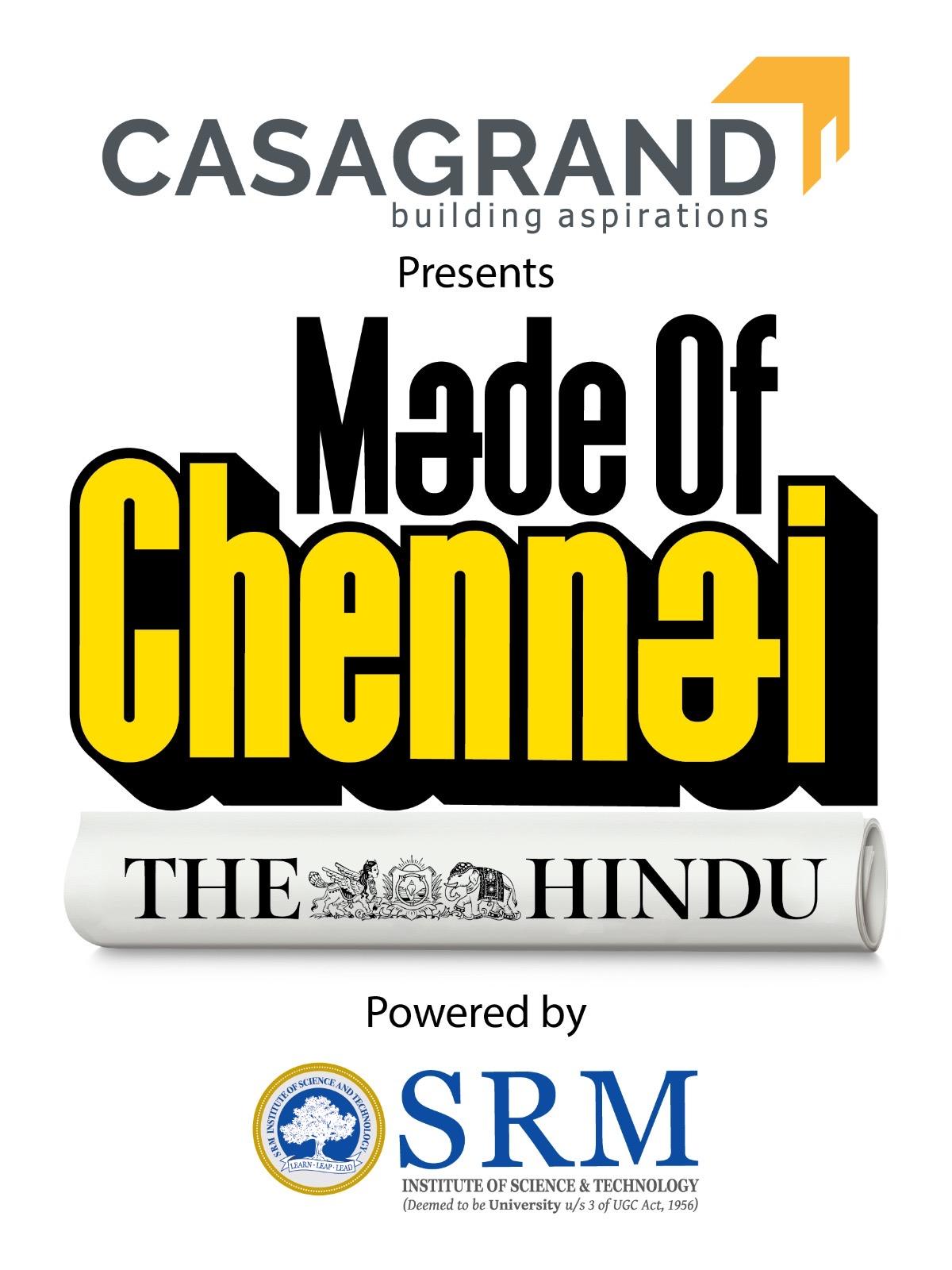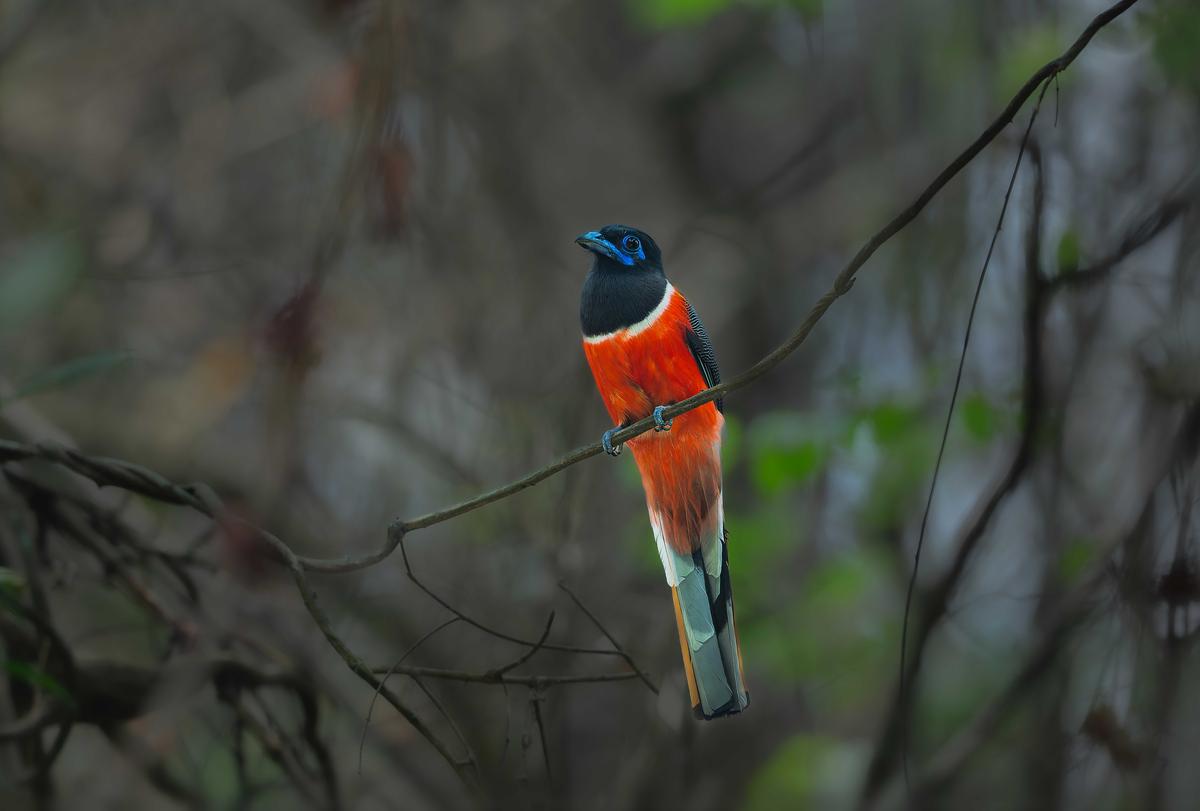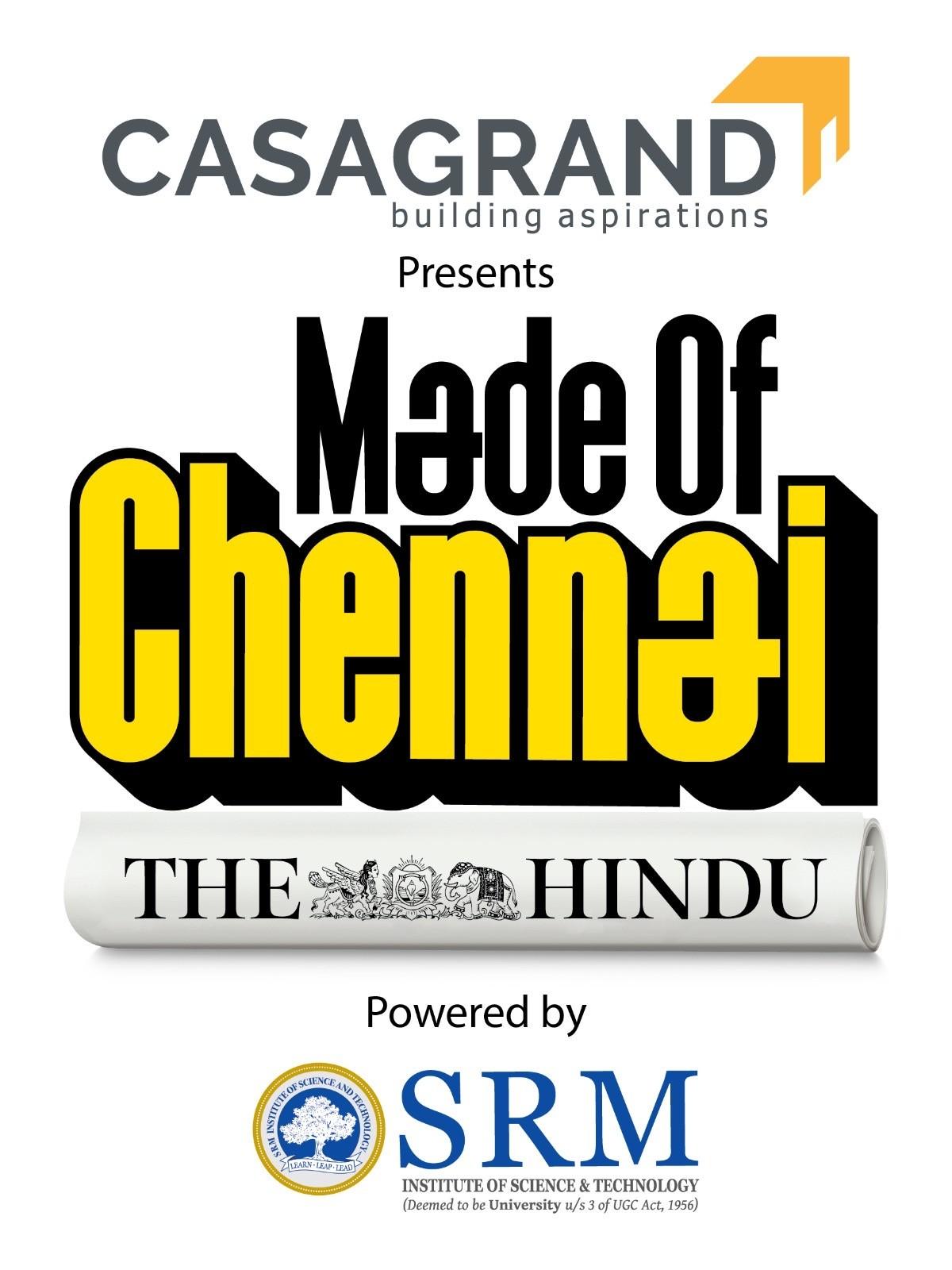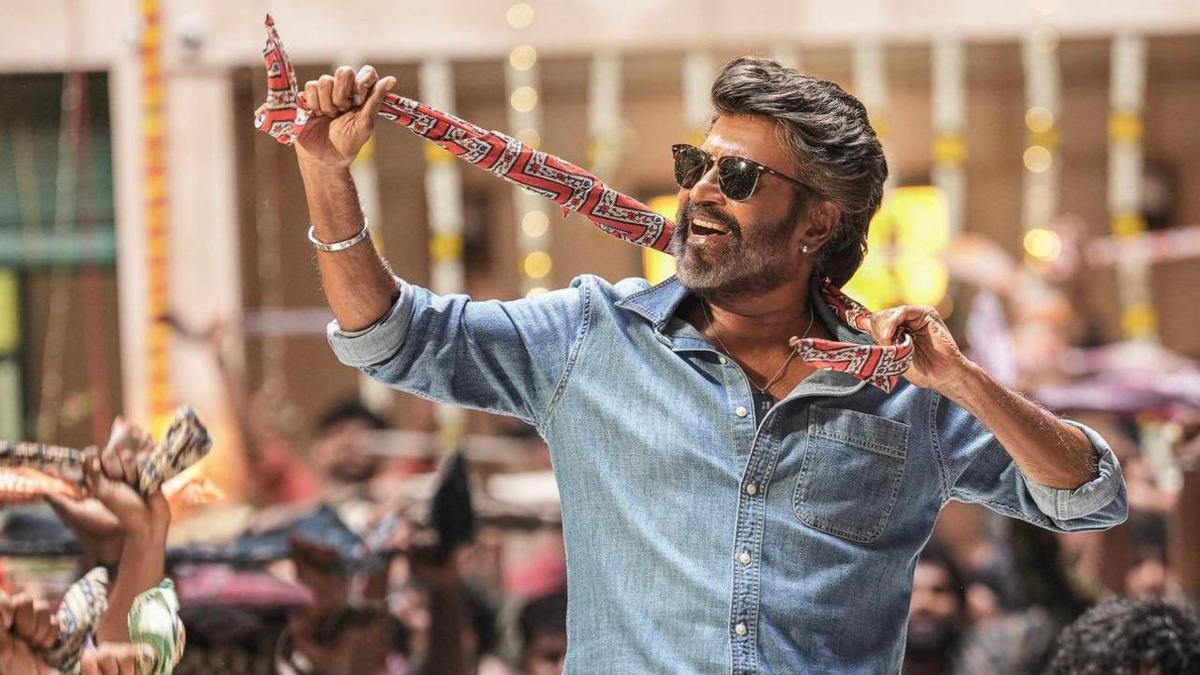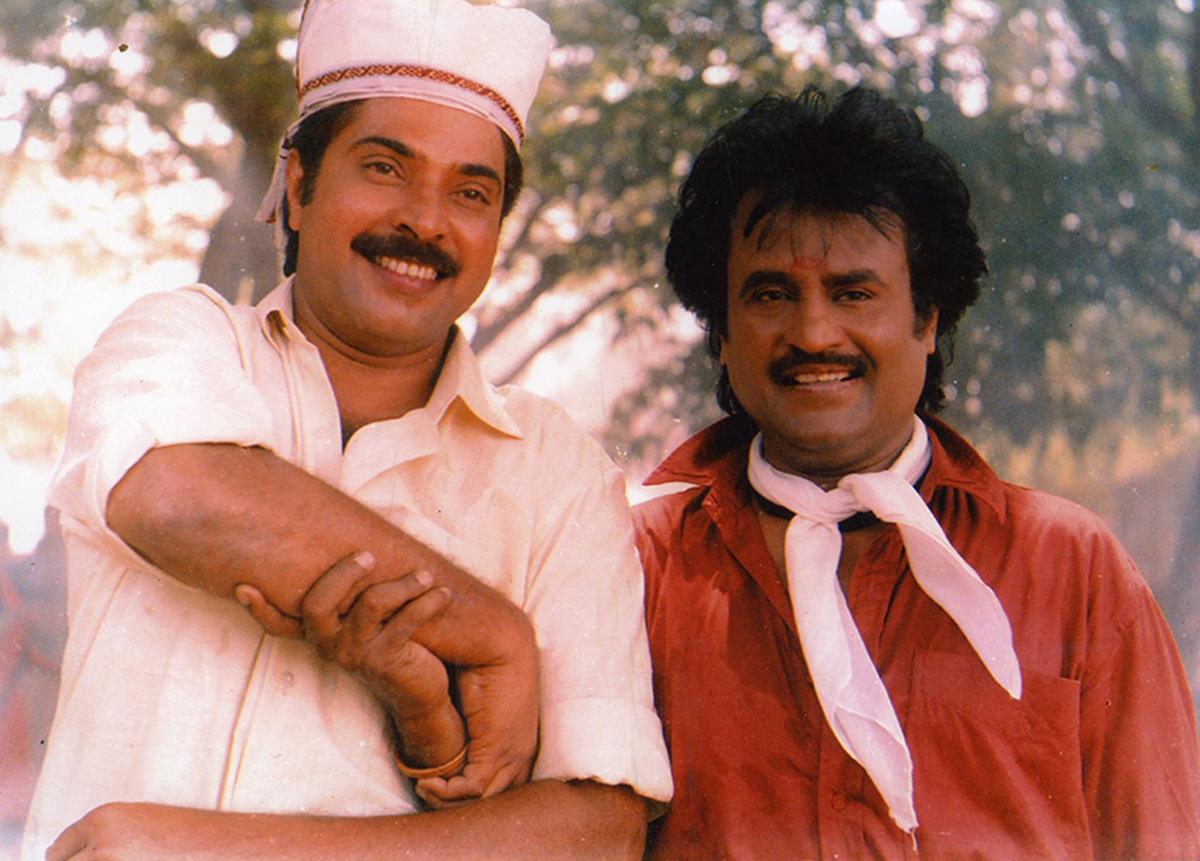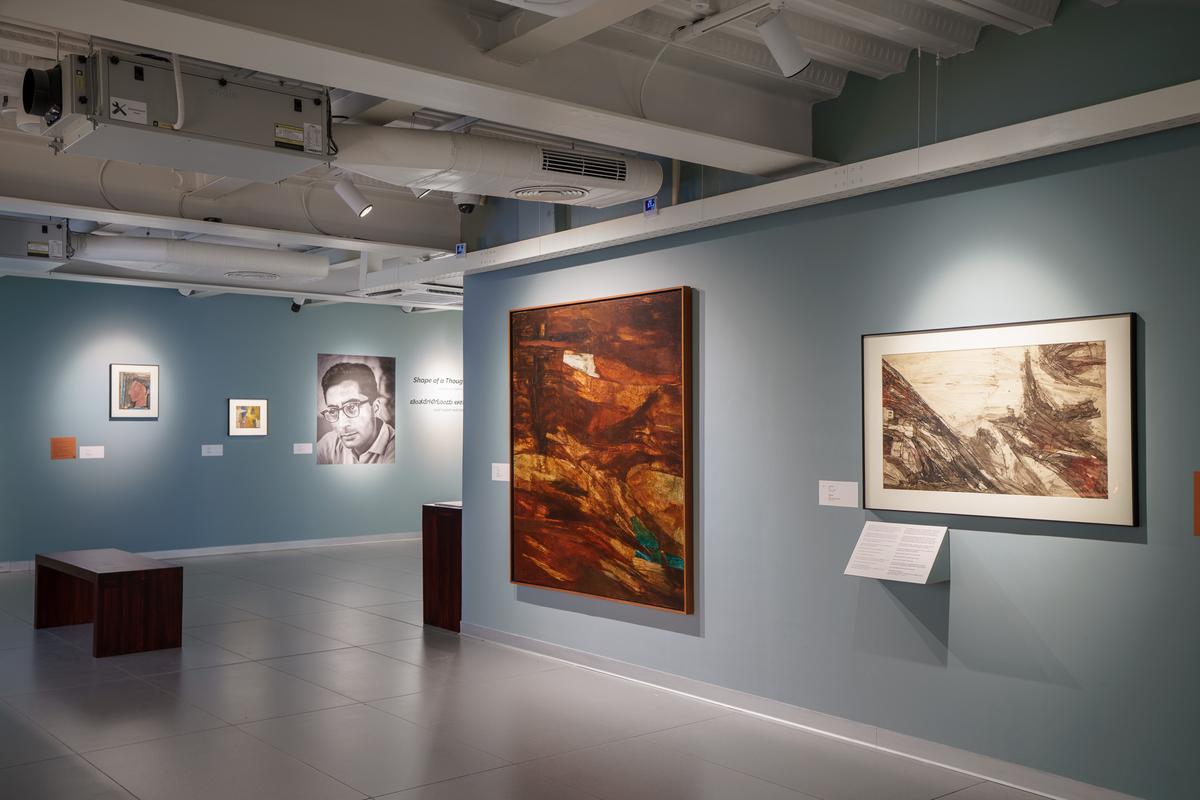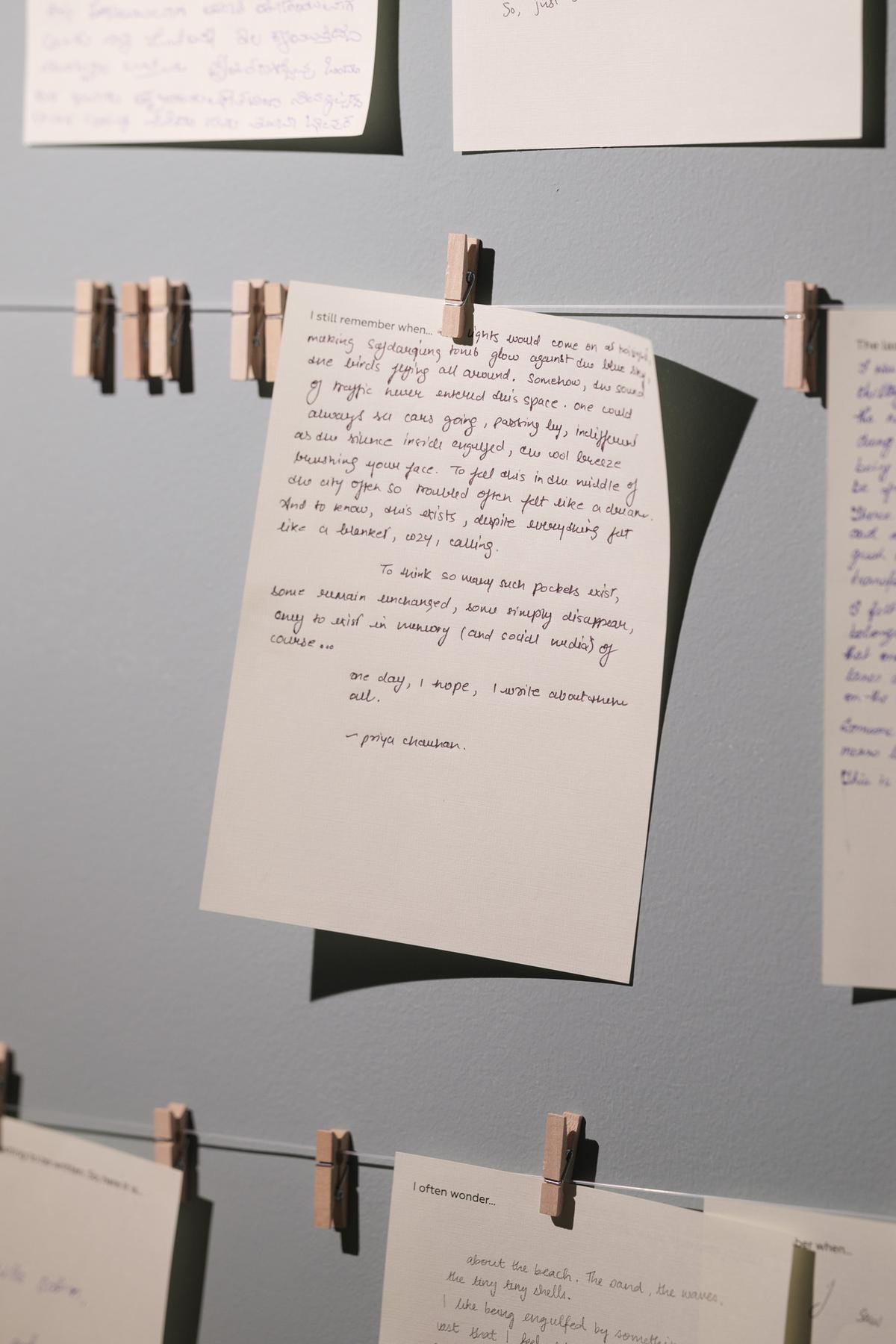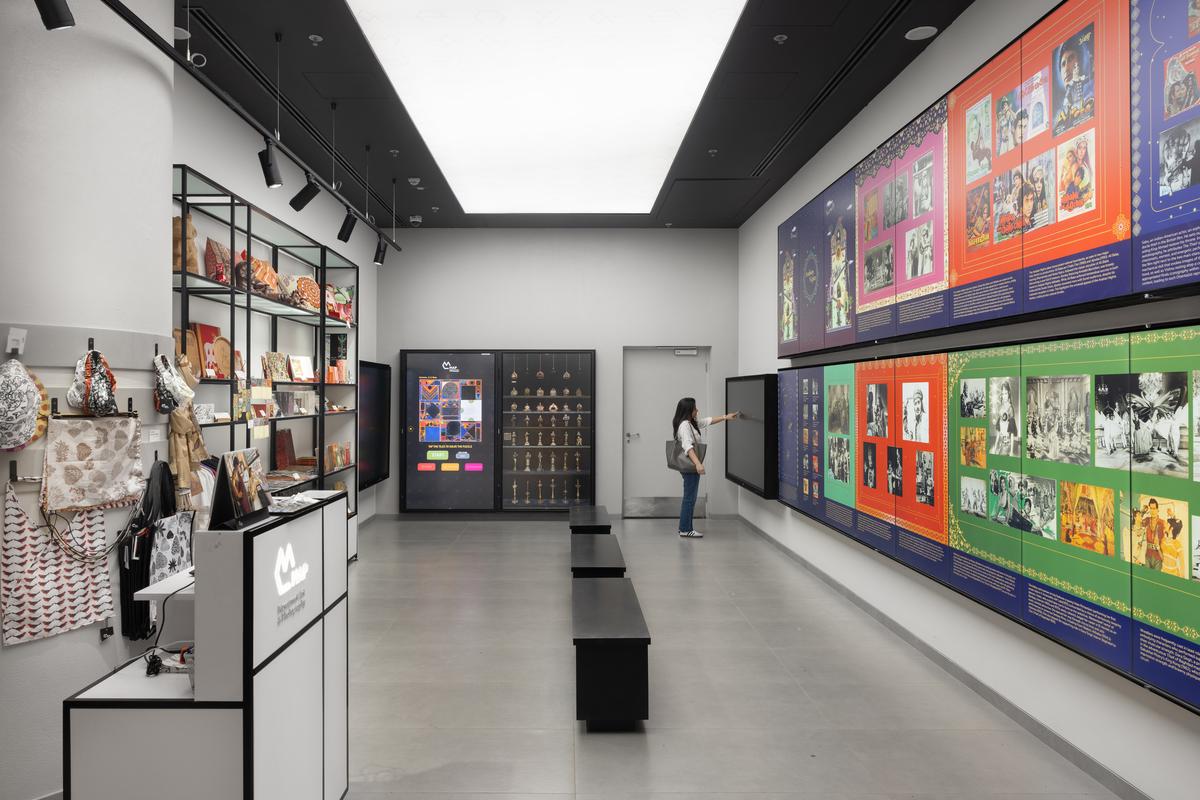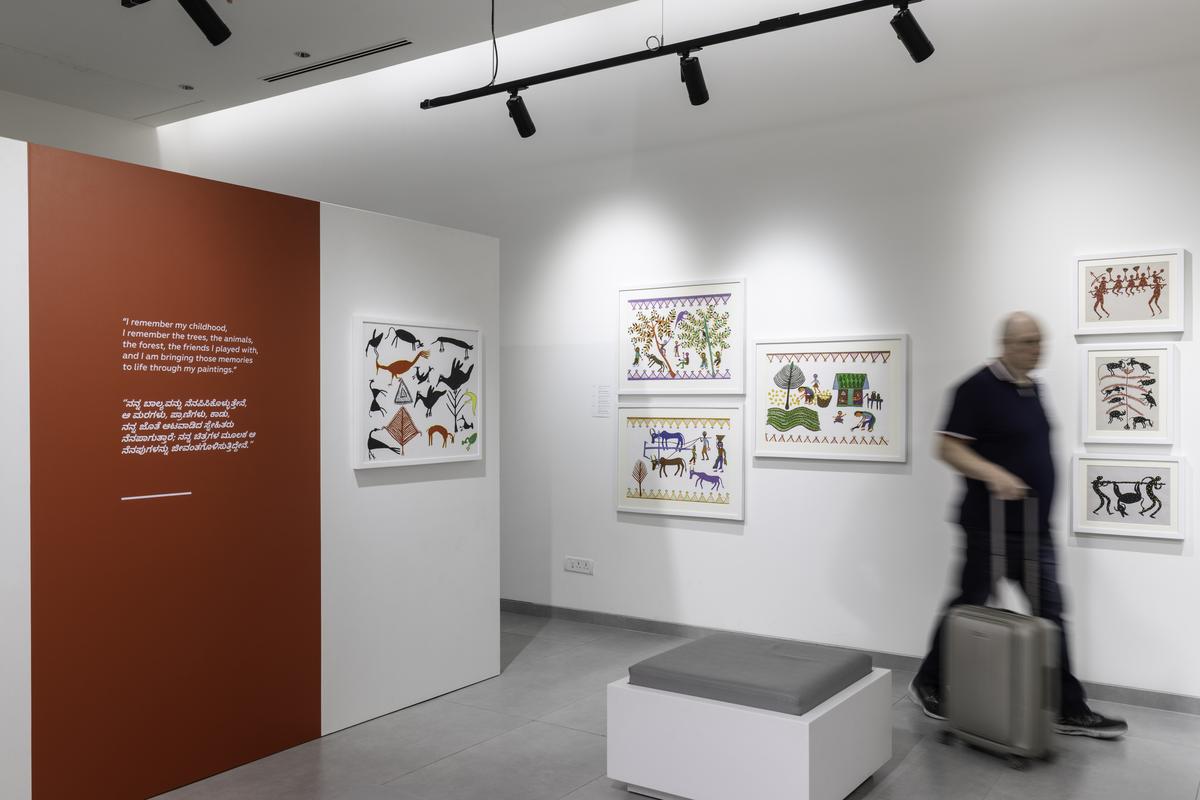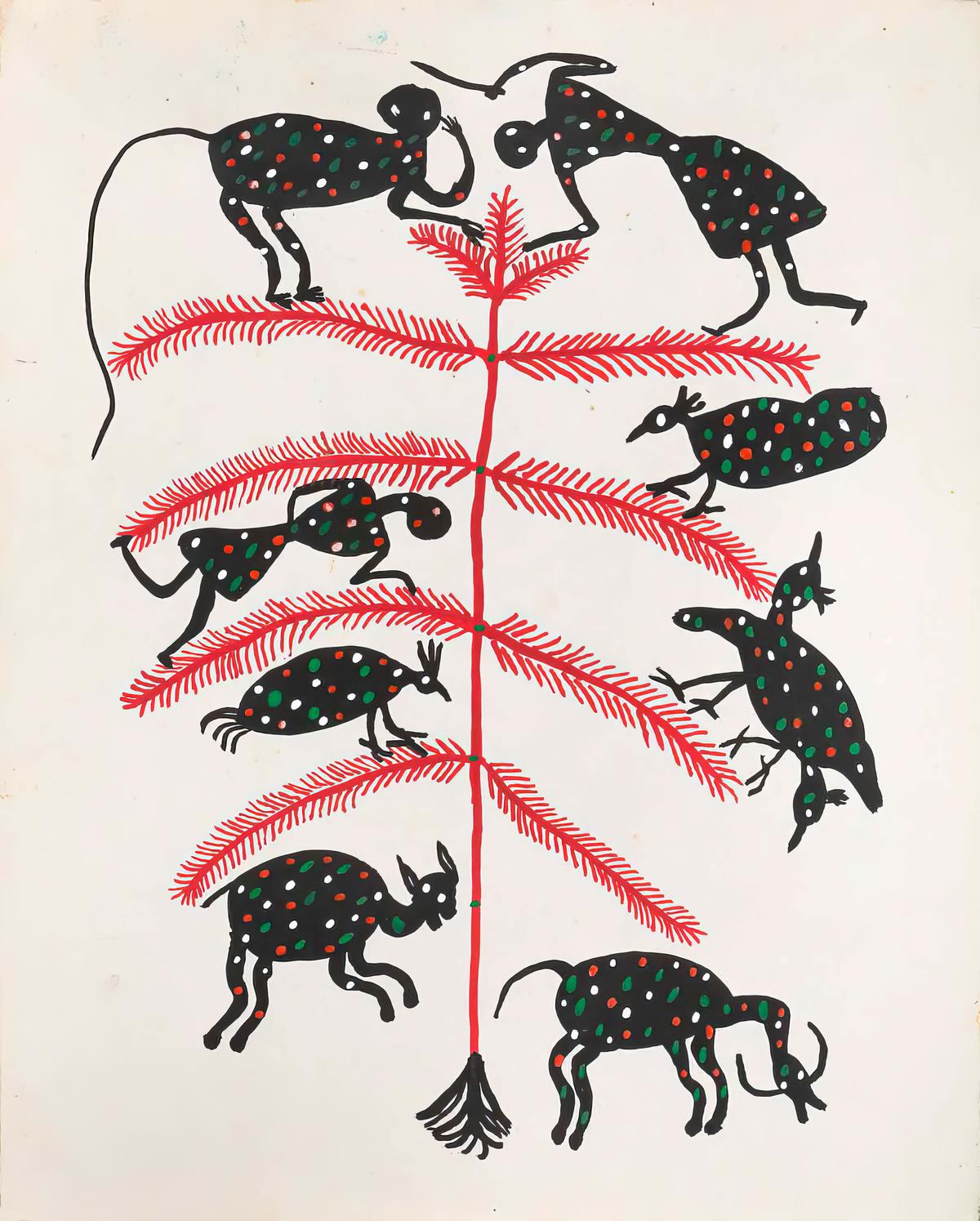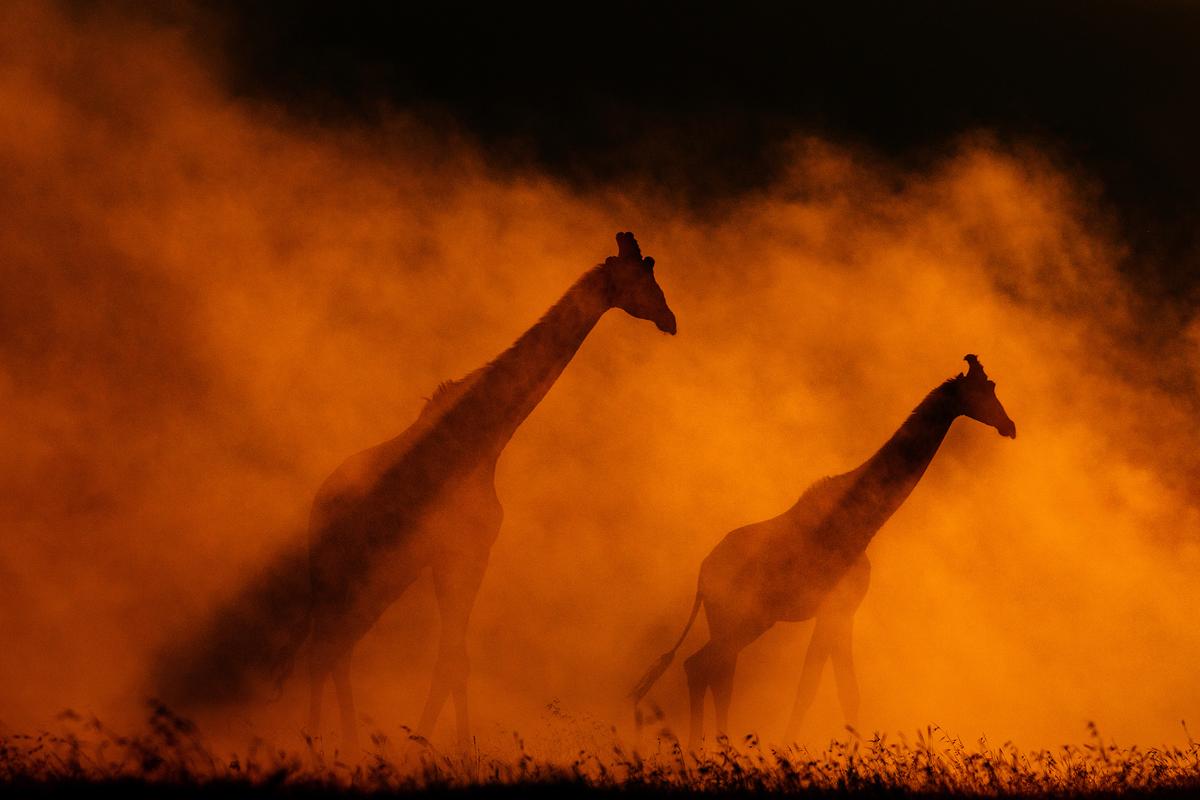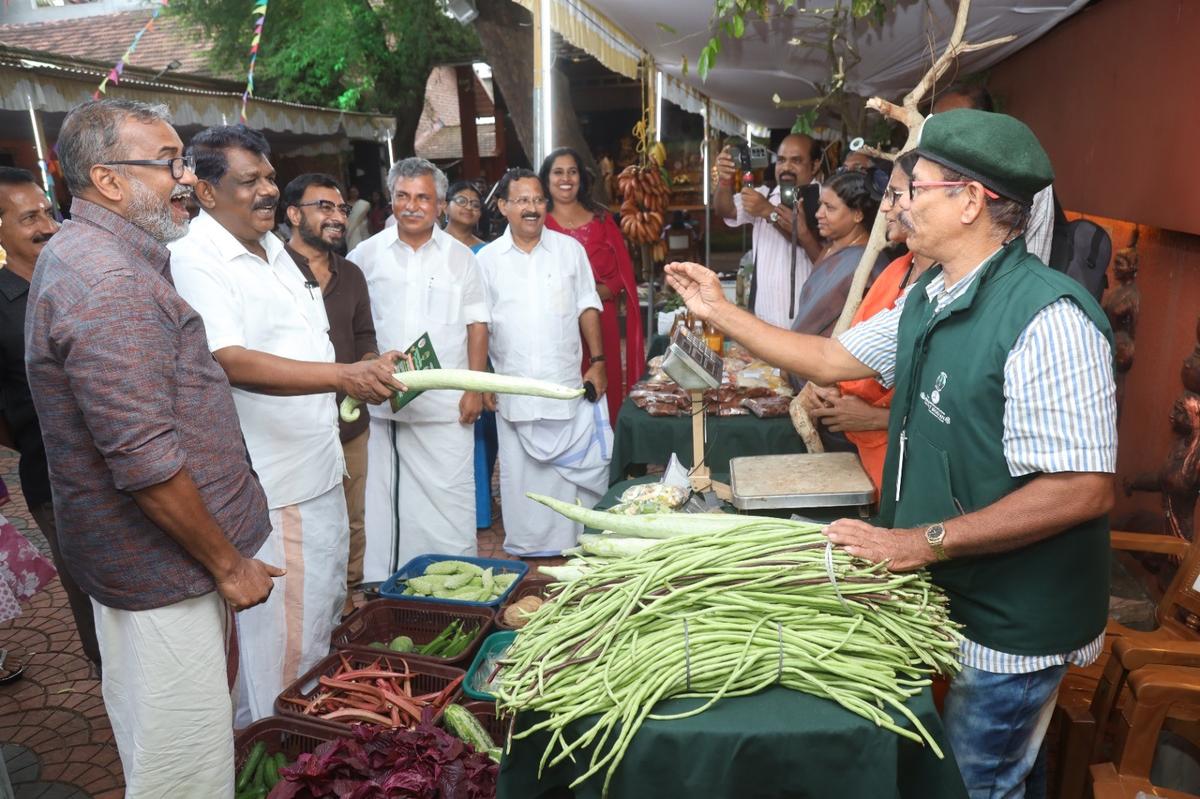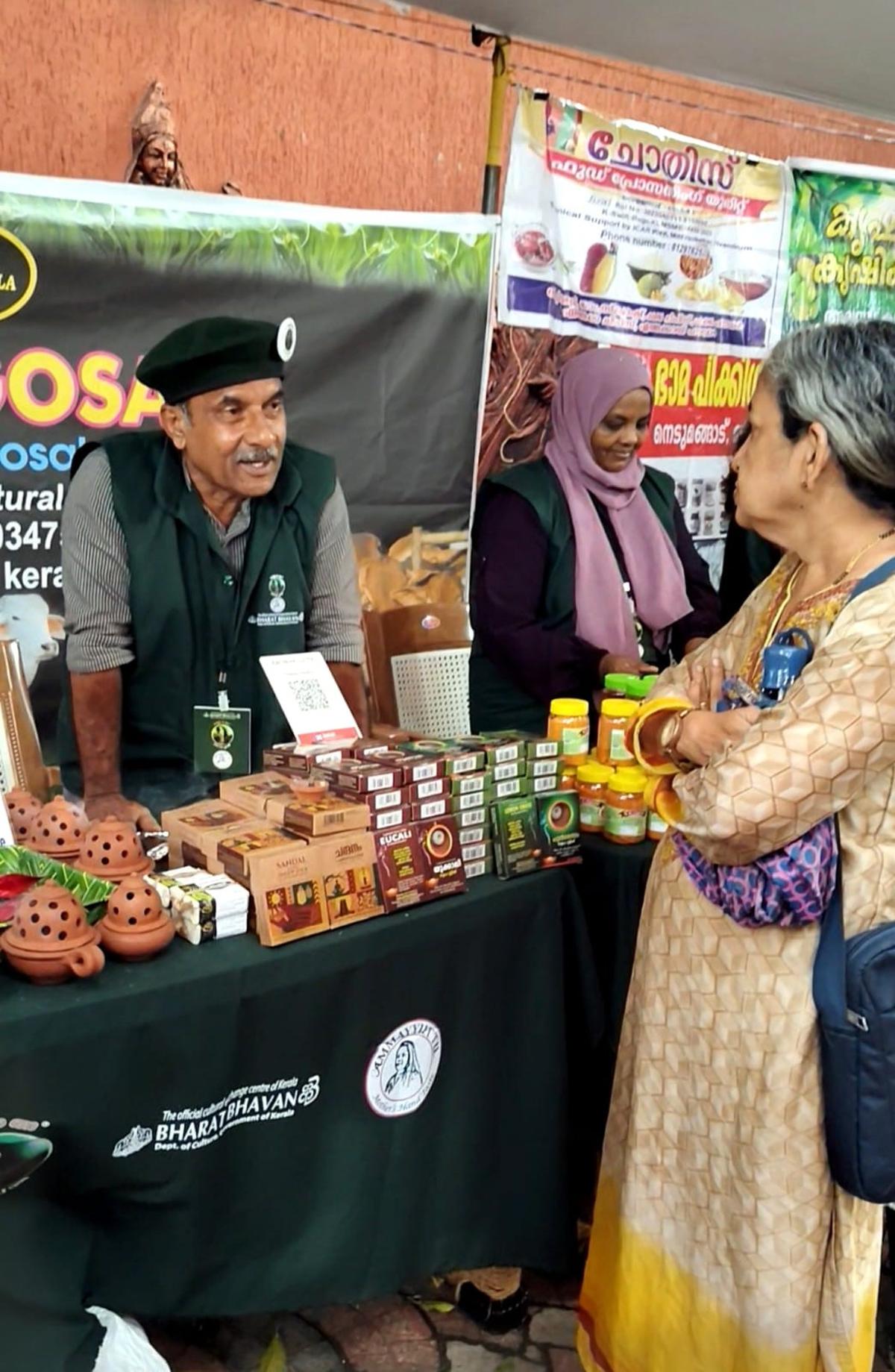A bevy of aromas welcome me to Bharat Bhavan at Thycaud in Thiruvananthapuram on a Friday evening. Enticing scents of ripe jackfruit, bananas, payasam, cutlets being fried, cakes, spices and snacks fill the air as I browse through the stalls at Mannarangile Gramachantha (village market), a new initiative of the cultural centre.
Mannarangu, the eco-theatre at Bharat Bhavan, will come alive with the sale of organic vegetables and fruits, homemade food products, ethnic eats etc by farmers and entrepreneurs from in and around the city every Friday. The market was launched last week with a three-day programme.
“This is an opportunity for farmers to sell their produce without the intervention of middle men. Besides the sale, there will be workshops and training programmes related to organic farming and cultural programmes at the venue. The stage is also open to troupes to present traditional songs, tribal songs and folk numbers,” says Pramod Payyannur, member secretary, Bharat Bhavan.
Twenty vendors were present at the inaugural market, which included those selling organic vegetables and fruits to snacks and savouries, pickles, spices etc. “These vendors will be present at all editions of the market. The number will go up in the coming weeks,” says Sindhu Reghunath, coordinator of the Gramachantha. She adds, “I have been working with various farmers’ groups, especially those who are into millet cultivation and sale of millet-based products. This initiative intends to bring together all those who are on the lookout for a good marketplace.”
Kudumbashree (women’s self-help community network) units and Krishikoottams (farmers’ forums) were at the venue with a range of products. Most of them have been trained either at Krishi Vigyan Kendras or attended sessions of Swadeshi movement or the government’s Entrepreneurship Development Programme (EDP).
Minister for Agriculture P Prasad and MLA Antony Raju at Mannarangile Gramachantha at Bharat Bhavan, Thycaud
| Photo Credit:
SPECIAL ARRANGEMENT
Each stall had its USP, which the vendors, mostly women, promoted with much enthusiasm. Mummu Salma excitedly spoke about the curry leaf pickle made at her unit at Kattakkada. “Tamarind, ginger, green chilli and garlic go into preparing it,” she says, as I get to taste a bit from the last bottle left at her stall. Fresh-off-the stove chicken cutlets were also available at her stall.
At Dhanalakshmy unit from Kallikkadu, the highlight was the pickle made using changalamparanda or veldt grape, a perennial plant known for its medicinal properties. Makhana or lotus seeds, ginger powder, and traditional evening snacks such as tapioca and chutney were also sold by the unit.
A stall at Mannarangile Gramachantha at Bharat Bhavan
| Photo Credit:
SPECIAL ARRANGEMENT
Jackfruit avalosepodi was the attraction at the Krishna Pickle stall from Aryanad, besides masala tea and a special hair oil made with gooseberry and medicinal leaves. “We have been trained to make a lot of products. In fact, the training has made us confident to make any value-added product,” says Bindulekha S, a member of the unit. While NR Lalitha Kumari of Bhama Pickles and Deva Foods, was happy to have sold out their virgin coconut oil, Ambika Devi, another vendor, had different jams, a special being beetroot jam, besides banana powder, corn powder, and tapioca powder among other products.
Among them was a young entrepreneur, Evana Sheen Thythottam, who runs a startup, Anugraha, selling spices and teas sourced from Idukki, her mother’s hometown.
Premlal KV from Neyyattinkara was there with his brand of honey, Jewel Honey. “I have 1600 honeybee colonies at Nilambur in Palakkad. The extracted honey is processed at Kerala Agricultural University, Vellayani,” he says. Besides forest honey and stingless honey or cheruthen, he also sold honey cola.
Thalir Krishikoottam from Kesavadasapuram had a special dish — fruit pachadi. “Kappa pazham (red banana) and nendran pazham (Kerala banana) are roasted in ghee in an uruli (traditional cookware). Fruits such as pineapple and apple, nuts, dates etc are added to it. The sweetness comes from the fruits and dates and this dessert can be refrigerated,” says Jassena P, one of the five members of the Krishikoottam. Besides a bevy of snacks and short eats, they also sold ilayappam (steamed rice pancake), biriyani and pothichoru (traditional Kerala meal packed in toasted banana leaf).
Among the handful of farmers present at the market was Unnikrishnan KR, who grows native and exotic fruits on two acres at Neyyattinkara. “I have over 100 varieties in my farm. I plan to come here on all Fridays with the fruits that are in season,” says Unnikrishnan, who left his job in hotel management industry to turn a farmpreneur.
Sindhu, a millet entrepreneur, had a stall selling products of her venture, Ammayoottu Nutrimix. “We have over 125 products, which include ready-to-cook and ready-to-eat products. We will be selling chama (little millet) vermicilli payasam, sprouted ragi ladoo, and muffin varieties using ragi or jowar,” Sindhu says.
The Gramachantha is on every Friday at Bharat Bhavan, Thycaud, from 10am to 7pm. Contact: 9446758126
